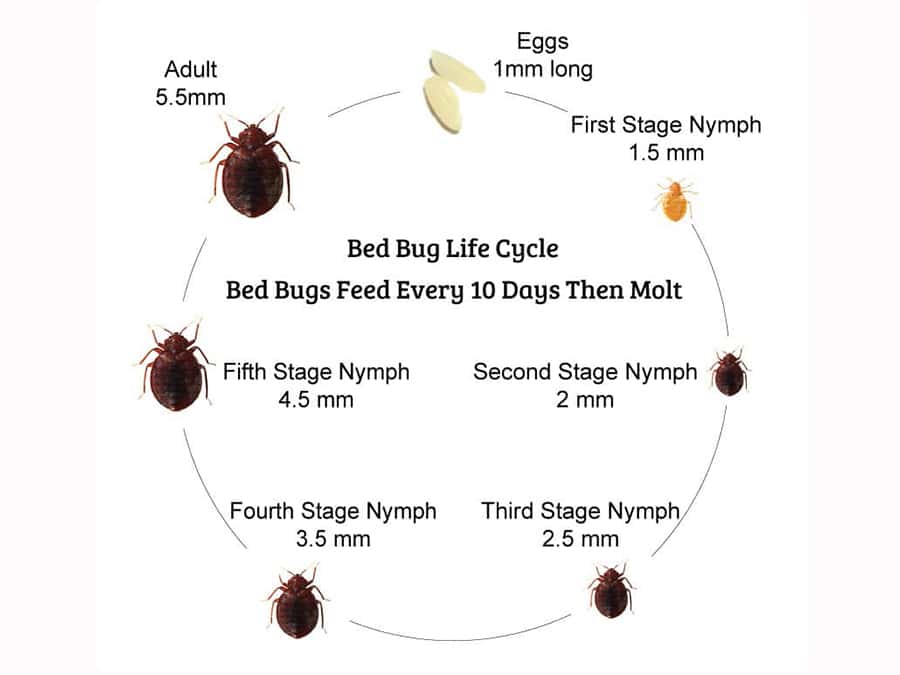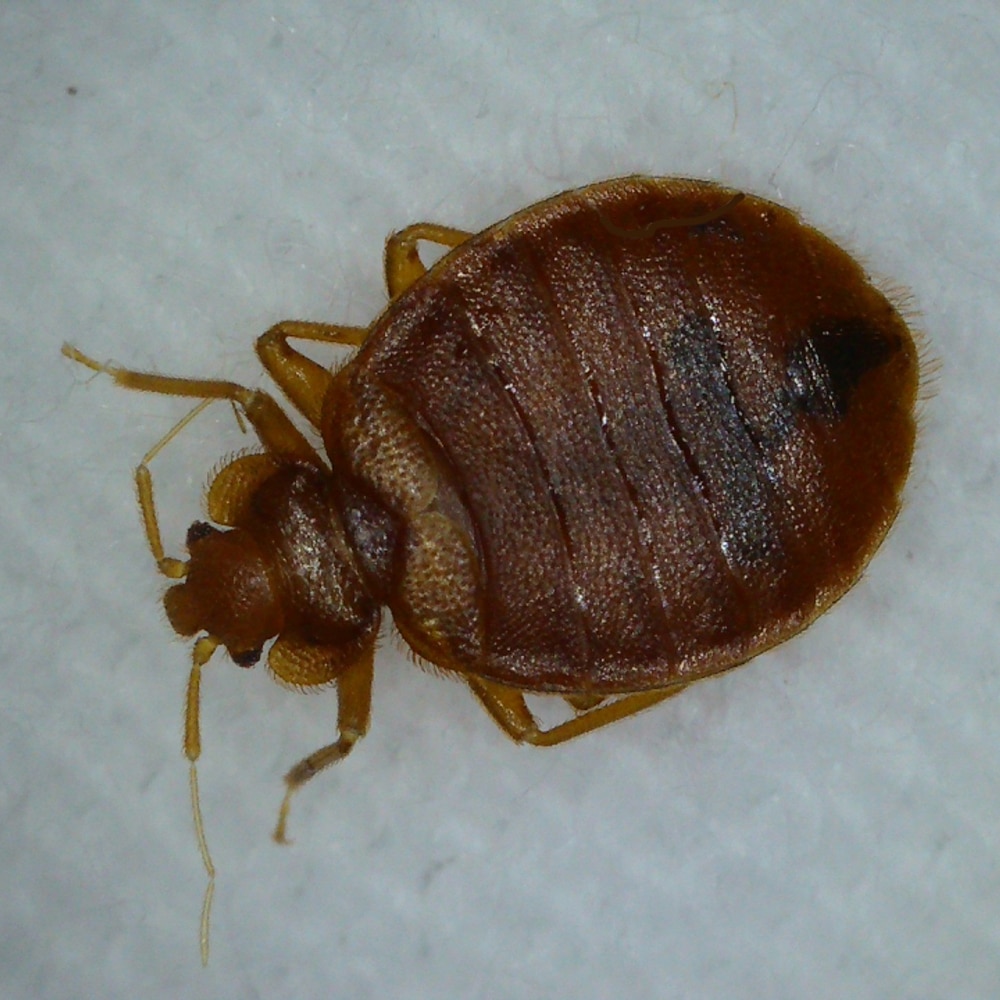
In the article
Wondering if those itchy bites are from bed bugs? Or maybe you’re not sure how bed bugs even get into your home in the first place?
Don’t worry; you’re not alone! Bed bug information is something everyone wants when they’re facing an infestation. Let’s break it down and cover the essentials, so you know exactly what to look out for and how to handle these pests like a pro.
Identification of Bed Bugs
When it comes to bed bug information, the first thing people want to know is how to identify them. Bed bugs are tiny, reddish-brown insects with flat, oval bodies, making them pros at hiding in small cracks and crevices. They’re about the size of an apple seed but can swell up after feeding on blood.
Top signs you might have bed bugs:
- Rusty or dark spots on your mattress or bedding (that’s their excrement or crushed bodies).
- Tiny eggshells and shed skins in areas where they hide.
- A sweet, musty odour coming from their scent glands.
They’re often found around beds but can sneak into other areas too. I once found some hiding inside the joints of a nightstand. Imagine that! This is why identifying them early is crucial.

Bed Bug
Causes and Spread of Infestations
If you’re digging for bed bug information, chances are you’re curious about how they get into homes. Well, it’s not your fault—bed bugs are sneaky. They latch onto your luggage, clothing, or second-hand furniture and catch a ride straight into your space.
Here’s how they spread:
- Travel: Hotels, motels, or even public transport can be breeding grounds for bed bugs.
- Second-hand items: Buying used furniture or clothing without checking for bed bugs is like inviting them into your home.
- Shared spaces: If you live in an apartment or dorm, bed bugs can crawl through walls and floors to invade new spaces.
No matter how clean your home is, bed bugs will settle anywhere they find a host. You could be the cleanest person on the planet, and they’d still move in without paying rent.
Prevention and Control Methods
This is where the Bed Bug Barrier Isolation System shines. Our bed bug information always revolves around effective prevention and treatment.
Here’s how you can prevent bed bugs:
- Inspect second-hand items before bringing them into your home.
- Use mattress covers that are bed bug-proof to prevent infestations.
- Set up bed leg traps to isolate your bed and stop bed bugs from climbing up.
If you’re looking for a one-time solution, we’ve got you covered. Our organic DIY system offers instant relief and long-term protection. No need to keep reapplying or spending big bucks on pest control services.
Health Effects of Bed Bug Bites
When people search for bed bug information, they often want to know how these pesky bugs affect their health. Bed bug bites are usually not dangerous but can cause annoying itchiness and red welts.
Here’s what to look out for:
- Itchy red bumps that appear in clusters or a line.
- Blisters or hives in more severe cases.
- Allergic reactions that cause swelling and even anaphylaxis (though rare).
Most of the time, you can treat bites with over-the-counter creams. But if you have a bad reaction, see a doctor. Remember, just because you have bites doesn’t mean you’ve got an infestation—check for other signs like blood stains or musty odours.
Life Cycle and Behaviour of Bed Bugs
Understanding bed bug behaviour is key to getting rid of them for good. Bed bugs go through six life stages—from eggs to adults—and each stage requires a blood meal to move on. Knowing this helps you time your treatments effectively.
Some bed bug behaviours to keep in mind:
- They prefer to hide during the day and come out at night to feed.
- Bed bugs can survive without feeding for several months.
- They’re known to travel over 20 feet in a single night just to reach their host.
And here’s a pro tip: bed bugs often hide in places as thin as a credit card. So, think about that next time you’re cleaning your room!
Finding good bed bug information can be overwhelming. But with the right tips and our guaranteed solution, you can reclaim your space and sleep peacefully again.

Bed Bug Information: Their Life Cycle
Got more questions about bed bugs or need help deciding on a treatment? Drop us a message anytime!
Frequently Asked Questions:
- Where do bed bugs hide on your body?
Bed bugs don’t actually hide on your body. They prefer to stay close to where you sleep or sit and come out at night to feed. They might bite exposed areas like your arms, face, neck, and hands, but they don’t nest in your hair or on your skin. After feeding, they retreat to their hiding spots, such as cracks in the bed frame or seams of the mattress. - How long does it take for bed bugs to spread?
Bed bugs can spread quickly. If conditions are right, they can move between rooms or spaces within a matter of days or weeks. They hitch rides on clothes, luggage, and furniture, making it easy for them to infest new areas rapidly. - Do bed bugs stay on your skin after a shower?
No, bed bugs do not stay on your skin after a shower. They don’t cling to your body like lice or ticks. Once they’re done feeding, they return to their hiding places, which are typically away from your skin and in cracks, crevices, or fabric surfaces.
Are You Looking for an Organic DIY Treatment?
Watch Our DIY Treatment Video For An Ensemble Bed
Watch Our DIY Treatment Video For A Bed with Slats
If you’ve enjoyed our blog, ‘Bed Bug Information,’ then you might like to read ‘What Are Bed Bugs?’
Sources:
Department of Health WA , Oxford Academic (Perspectives on Biology and Management), National Library of Medicine (Clinical Relevance and Control Options)



Leave a Reply